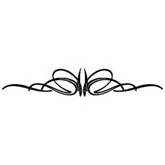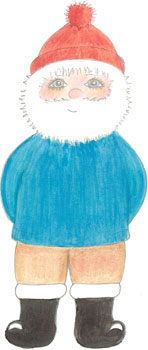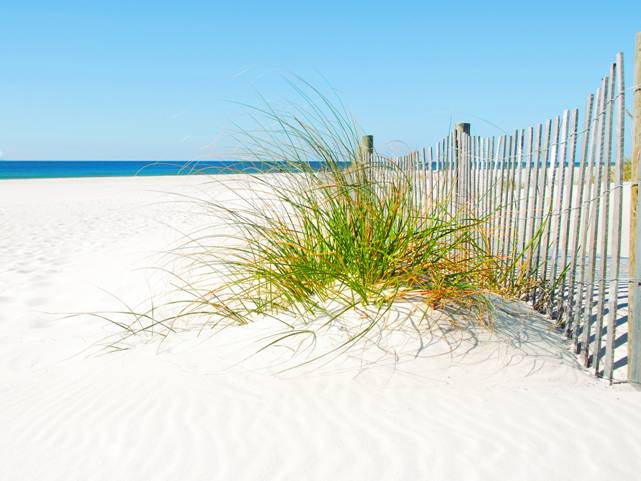
Salty Sam’s Fun Blog for Children
Number 522
Egg Hunters
Hello Everyone

Have you ever seen a picture of a typical Victorian living room and noticed how full of stuff it is?
Some people nowadays might call it clutter.
There were drapes everywhere, heavy ones around windows and on tables – even on mantle pieces and around piano legs sometimes, and lots and lots of things on every surface.
This is because the Victorians were great collectors.
Great collections of exotic live animals were established in zoos in European and American cities and travelling circuses.
Plants were put in large gardens for visitors to see and in small and large private ones too.
The Victorians collected things from nature here, and from the four corners of the globe. This is a funny saying, isn’t it – after all globes don’t have corners.
Anyway, back to my story.
There were stuffed animals, birds and fish under glass domes or in glass tanks, terrariums full of plants, ferns and aspidistras in pots and collections of all sorts of other items kept in frames and drawers and boxes.
They collected shells, stones, chunks of minerals, stamps, butterflies, beetles, little birds, eggs, dinosaur fossils and even sometimes, mummified human bodies!
Some people had a genuine desire to learn more about nature and some just wanted to have what they called ‘curiosities’ which were talking points for visitors. (And sometimes the weirder they were; the better!)
Their enthusiasm was so great that sometimes the zeal for collecting had such an impact on some species of animals and birds, that their numbers were decimated – and some species became nearly extinct or even totally extinct.
Bird-nesting was popular with children and adults. lt was considered a normal hobby for brave boys who could climb trees and also grown-up, refined gentlemen. These men would risk injury or death climbing up very high trees or cliff faces.
Eggs were taken to be added to displays or swapped with other enthusiasts like football cards are today.
The people that did this were given the name of oologists.
The eggs were kept in cotton wool to protect their delicate shells and then put in boxes or even in drawers in large cabinets so they could be displayed together, but kept out of sunlight that would fade their colours.
But first, they had to be blown out, otherwise the egg would rot.
A hole was pierced at each end and the contents pushed out of one end by blowing into the other.
But this egg collecting craze started taking a toll on the bird population; both songbirds and birds of prey.
lt had to stop.
ln 1954, the Protection of Birds Act made egg collecting illegal and it remains so today. Collecting eggs in other countries may be illegal according to laws made there.
The egg collections put together by Victorian naturalists are now stored and even displayed in museums.
But some people were so fanatical they defied the law and became secretive in their movements. Their hobby had become an obsession.
To make matters worse, rare birds were often targeted because the eggs were more prized.
Nests of some rare birds had to be guarded against these poachers, and sometimes they were even opened up to public view if they were on private land – the constant coming and going of small groups of people around the bottom of the tree would keep the criminals away.
ln more recent times, the threat of imprisonment seems to have acted as a good deterrent.
This law only applies of course to wild birds, and not domesticated ones like chickens and ducks.
lf you keep chickens, you will see what a variety of hues there are in the shells of the eggs you collect. There may be white ones and different shades of brown.
Nowadays, people tend to prefer to buy brown eggs from supermarkets because they think that they look more wholesome and tasty than white ones; but if you keep chickens and eat their eggs you will probably not actually notice much difference in the taste.
Eggs laid by other species of birds have much more of a difference between them. The ostrich lays the biggest eggs and humming birds very tiny ones.
There are many different shapes, colours and markings as well. They can be glossy or matt; they can be smooth or dimpled.
They can be various shades of cream, grey, brown and blue.
Why would this be so?
Well, there are different reasons for eggs being the way they are.
You will often find pale eggs in nests of birds like owls and woodpeckers that build their nest in holes so the eggs can be seen and not damaged as a parent bird returns from foraging for food or nest repair materials. The light coloured eggs can be spotted more easily in the dark. The adult birds don’t want to land on them as they come home, and damage the shells.
Some eggs can be very vulnerable to predation where they sit waiting to hatch. Birds can lay eggs on shingle or sand and the speckling on their eggs will act as a camouflage in this kind of environment. The eggs are very difficult to see.
Lots of birds have speckled eggs. These speckled are arranged in a unique pattern. That means that when they are turned over it is very clear to the mother that she has turned the egg over. This needs to be done frequently to stop the chick lying in the same position all the time. lt does not want to get stuck to the egg wall as it forms and grows inside.
lf eggs are laid in a nest, the parents will line the nest with materials that will help to keep the eggs together because the oval or round shape of them means they will roll about otherwise.
Some eggs are much wider at one end than the other. They can easily be wedged at one end between the short legs of a parent bird to keep them warm and secure when there is no nest to tuck the eggs into. But air needs to be able to get through the egg shell at the wide end because the baby chick inside needs to be able to breathe.
You will find that eggs of water birds have specially adapted shells so that the eggs don’t get too wet inside if the nest was to become waterlogged. These nests are built at the side of a river or lake.
Parent birds often take parts of broken and discarded shells away from nests.
lf these were to fall on the ground near the nest, they would create a trail for predators to follow. They would be an advertisement to show there were vulnerable baby birds nearby in a possibly unguarded nest.
Nowadays, some people love to collect eggs because they love the shape of them and keep them in baskets on a table or shelf – but these eggs are made from maybe ceramics, wood, jade or crystal. They will be different colours too.
The most expensive eggs were finely-crafted, bejewelled eggs made by Fabergé. These eggs were first made in the late 1800s in Russia. Have a look in the Picture Gallery to see what they looked like.
lf you like my blog, please support it by telling all your friends and followers about it.
Thank you!
And see you again next Fun Friday!
Love and kisses
Salty Sam

www.christina-sinclair.com
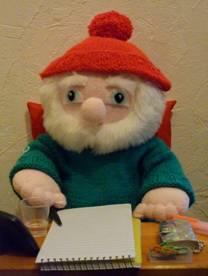

Bill and Bob’s Joke of the Week![]()
![]()
Bill: Do you think omelettes are a good idea for breakfast?
Bob: No, l don’t think they are all they are cracked up to be.
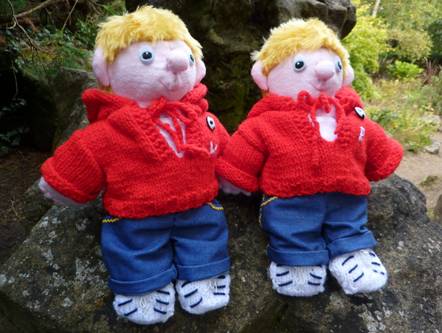
Salty Sam © Christina Sinclair 2015
Unauthorized use and/or duplication of material from this blog without express and written permission from this blog’s author and owner is strictly prohibited.
Links may be used to www.christina-sinclair.com

Picture Gallery

 Faberge eggs
Faberge eggs
 Faberge egg
Faberge egg
 Painted eggs
Painted eggs



 THE SALTY SAM NEWS DESK
THE SALTY SAM NEWS DESK

So last week, I was telling you about how the vicar had some thoughts about how scientists have discovered that neuroplasticity can take place at any age, and if you continue to learn new things and have new experiences all through your life you can keep your brain working better into old age.
It gave him an idea that he started to formulate in his mind whilst on a glider trip with his brother.
The following Monday morning, he got to work on his plan. It was designed to help all the old folks of Rocky Bay.
What he planned to do was start the Rocky Bay Old Folks’ Skills Share Club.
But that title was far too long, so he settled for the Skills Share Club or SSC for short.
He was sure that there must be lots of people in Rocky Bay that knew how to do things that other people didn’t, and they would be very willing to come along to the Village Hall and give a talk or give classes and workshops.
His wife said that she thought it was a brilliant idea, but it should be for everyone in the community, young and old alike, to give everyone a chance to get involved. It would give vibrancy to the skills share groups if all age groups were included.

If the old folks wanted to be with their own kind exclusively, they could still go to their coffee mornings.
She said that there should be a youth club started for teenagers only too with discos, table tennis and snooker. Young people often complain that there is nothing to do in their area, but if someone just steps up and starts organizing activities it need not cost too much to find things for them to do; what they want most of all is an opportunity to meet up.
For example, there is no ten pin bowling alley in Rocky Bay, but some skittles could be bought to use in the village hall.
The vicar agreed that was a good idea and started reaching out to the whole community.
What can be thought up over a cup of tea!
Who knows what would happen…
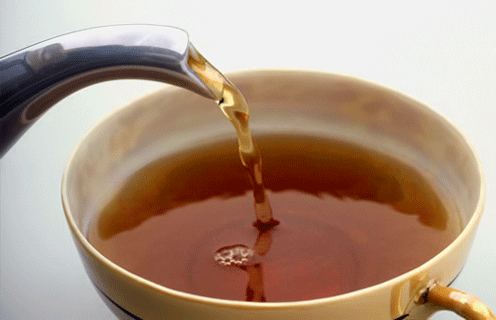

*********************
*********************

 Quick Quiz
Quick Quiz
What word can match up with the three following words?
For example;
Bank – note manager statement
- – vessel cell stain
- – switch plan copy
- – stitch patch roads
- – master board piece
- – style tie conditioner
- – light master line
- – driver stop fare
- – cake party present
- – paper report reader
- – orchard crumble pie
- – trip list bag
- – beach maker plans
- – card box man
- – park boot windscreen
- – pump pedal prints
- – pitch player referee
- – aid responder place
- – ring piece muff
- – bowl crop harvest
- – gnome gate tools

15



lt’s the Weekend!

HOW TO MAKE A MOUNTAlNEER
This mountaineer is ready for adventure.
He could team up with the explorer on Blog Post 493 if he wanted to and go out into the world to have adventures with him.
This mountaineer’s skin is very white because he spends a lot of time in cold, snowy regions and his thermal underwear is a sporty yellow.
You can use any colour yarn you like for the skin colour and also, of course, for his clothes.
The pattern on the panel across the front and back of the jumper is knitting 1 stitch of alternate colours to create a chequer board effect.
In addition to his snazzy jumper, the mountaineer also has a sporty jacket that he can wear instead if he would like to – or you can knit two little climbing buddies and one could have a jumper and the other could have a jacket.
This mountaineer has a long rope, but if he wants to go climbing in your garden you may be able to find a long piece of string for him to use.
MOUNTAINEER FRONT (KNIT ONE)
Using 4mm knitting needles and yellow dk yarn cast on 10 stitches
Knit 14 rows of stocking stitch
Change to white yarn
Knit 6 rows of stocking stitch
Change to brown yarn
Knit 2 rows of stocking stitch
Don’t cast off – cut off your yarn with about 20cm left to thread through the stitches
MOUNTAINEER BACK (KNIT ONE)
Using 4mm knitting needles and yellow dk yarn cast on 10 stitches
Knit 14 rows of stocking stitch
Change to white yarn
Knit 2 rows of stocking stitch
Change to brown yarn
Knit 6 rows of stocking stitch
Don’t cast off – cut off your yarn with about 20cm left to thread through the stitches
MOUNTAINEER ARMS (KNIT TWO)
Using 4mm knitting needles and yellow dk yarn cast on 8 stitches
Knit 6 rows of stocking stitch
Change to white yarn
Knit 2 rows of stocking stitch
Don’t cast off – cut off your yarn with about 15cm left to thread through the stitches
MOUNTAINEER LEGS (KNIT TWO)
Using 4mm knitting needles and yellow dk yarn cast on 10 stitches
Knit 8 rows of stocking stitch
Change to brown yarn
Knit 2 rows of stocking stitch
Don’t cast off – cut off your yarn with about 15cm left to thread through the stitches
TO MAKE UP
- Using over-sew stitching and with right sides together sew side seams of head and body and also the arms and legs using appropriate colours
- Turn right sides out and pull tops of head, feet and hands in tight
- Stuff the body and legs with some stuffing and the ends of the yarn
- Stuff the arms with the ends of the yarn and a very tine amount of stuffing
- Bind a length of yellow yarn around the neck and pull in tight then secure ends and push inside the stuffing
- Bind a length of white yarn around the wrists and pull in tight then secure ends and push inside the arms
- Bind a length of brown yarn around the ankles and pull in tight then secure ends and push inside the stuffing
- Sew the tops of the legs to the bottom of the body and the tops of the arms to the sides of the body from behind
- Sew a few stitches of brown yarn onto the top corners of the face to improve the hairline contours
- Add the pale green French knot eyes before or after sewing up – wrap the yarn around your yarn needle twice

TROUSERS (KNIT TWO)
Using 4mm knitting needles and dark red dk yarn cast on 14 stitches
Purl 1 row, purl 1 row
Knit 10 rows of stocking stitch
Decrease 1 stitch at the beginning of the next 4 rows of stocking stitch
Knit 1 row, knit 1 row
Cast off
TO MAKE UP
Using over-sew stitching and with right sides together, sew up the front and back seams at the top and then the inside leg seams
HAT (KNIT ONE)
Using 4mm knitting needles and green dk yarn cast on 21 stitches
Knit 10 rows of 1×1 rib
Don’t cast off – cut off your yarn with about 15cm left to thread through the stitches
TO MAKE UP
Using over-sew stitching and with right sides together, sew up the back seam
JUMPER FRONT AND BACK (KNIT TWO)
Using 3¾mm knitting needles and yellow dk yarn cast on 13 stitches
Knit 2 rows of 1×1 rib
Change to 4mm knitting needles
Knit 8 rows of stocking stitch
Knit 4 rows of pattern using red and green yarn
Knit 2 rows of stocking stitch
Knit 2 rows of garter stitch
Cast off
JUMPER SLEEVES (KNIT TWO)
Using 4mm knitting needles and yellow dk yarn cast on 10 stitches
Knit 2 rows of garter stitch
Knit 6 rows of stocking stitch
Cast off
TO MAKE UP
Using over-sew stitching and with right sides together, sew the shoulders up for 1cm from the sleeve side
Attach the top of the sleeves to the shoulders
Sew up the side and underarm seams
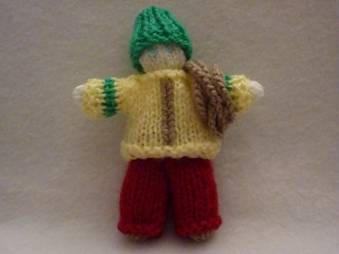
JACKET FRONT AND BACK (KNIT TWO)
Using 3¾mm knitting needles and yellow dk yarn cast on 13 stitches
Knit 2 rows of 1×1 rib
Change to 4mm knitting needles
Purl 2 rows
Knit 10 rows of stocking stitch
Knit 2 rows of garter stitch
Cast off
JACKET SLEEVES (KNIT TWO)
Using 4mm knitting needles and yellow dk yarn cast on 10 stitches
Knit 2 rows of garter stitch
Knit 2 rows of stocking stitch
Change to green
Knit 2 rows of stocking stitch
Change to yellow
Knit 2 rows of stocking stitch
Cast off
TO MAKE UP
Embroider a line of brown stitches using Swiss darning up the front of the jacket to make a zip
Using over-sew stitching and with right sides together, sew the shoulders up for 1cm from the sleeve side
Attach the top of the sleeves to the shoulders
Sew up the side and underarm seams
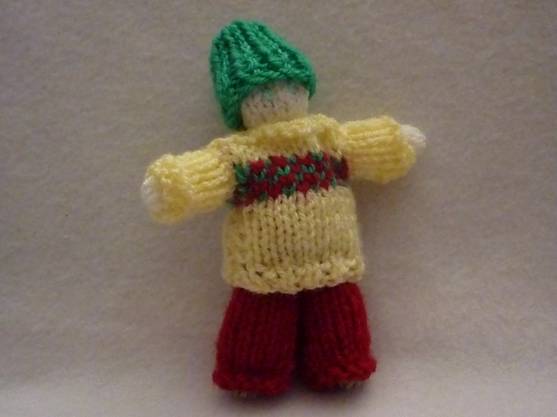
Please note that the material on this blog is for personal use and for use in classrooms only.
It is a copyright infringement and, therefore, illegal under international law to sell items made with these patterns.
Use of the toys and projects is at your own risk.
©Christina Sinclair Designs 2015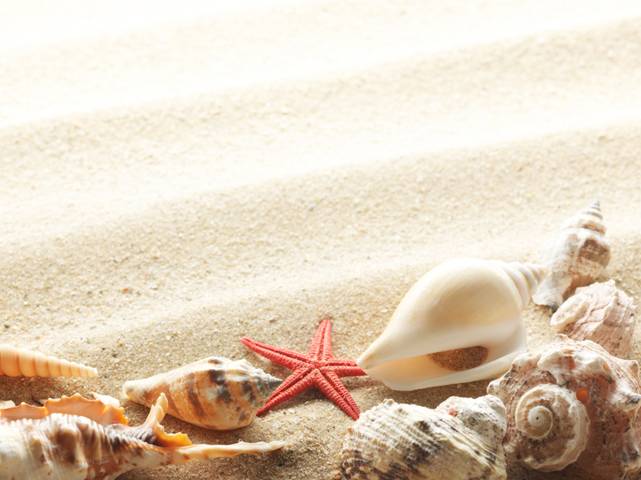


Quick Quiz Answers
- blood – vessel cell stain
- master – switch plan copy
- cross – stitch patch roads
- chess – master board piece
- hair – style tie conditioner
- head – light master line
- bus – driver stop fare
- birthday – cake party present
- news – paper report reader
- apple – orchard crumble pie
- shopping – trip list bag
- holiday – beach maker plans
- post – card box man
- car – park boot windscreen
- foot – pump pedal prints
- football – pitch player referee
- first – aid responder place
- ear – ring piece muff
- cereal – bowl crop harvest
- garden – gnome gate lawn

A crosspatch/grouch never seems to be happy about anything

Crossroads
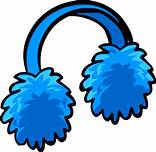
Earmuffs

Embroidery Stitches


